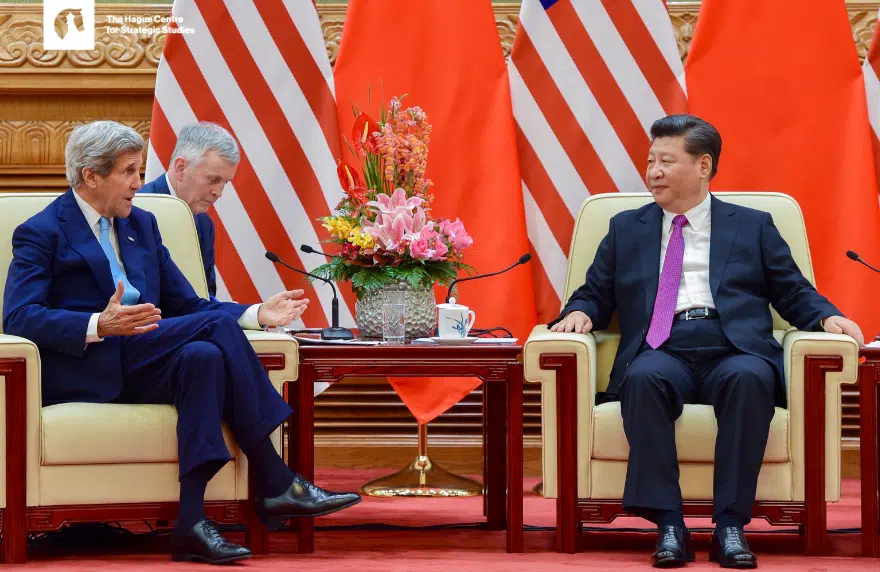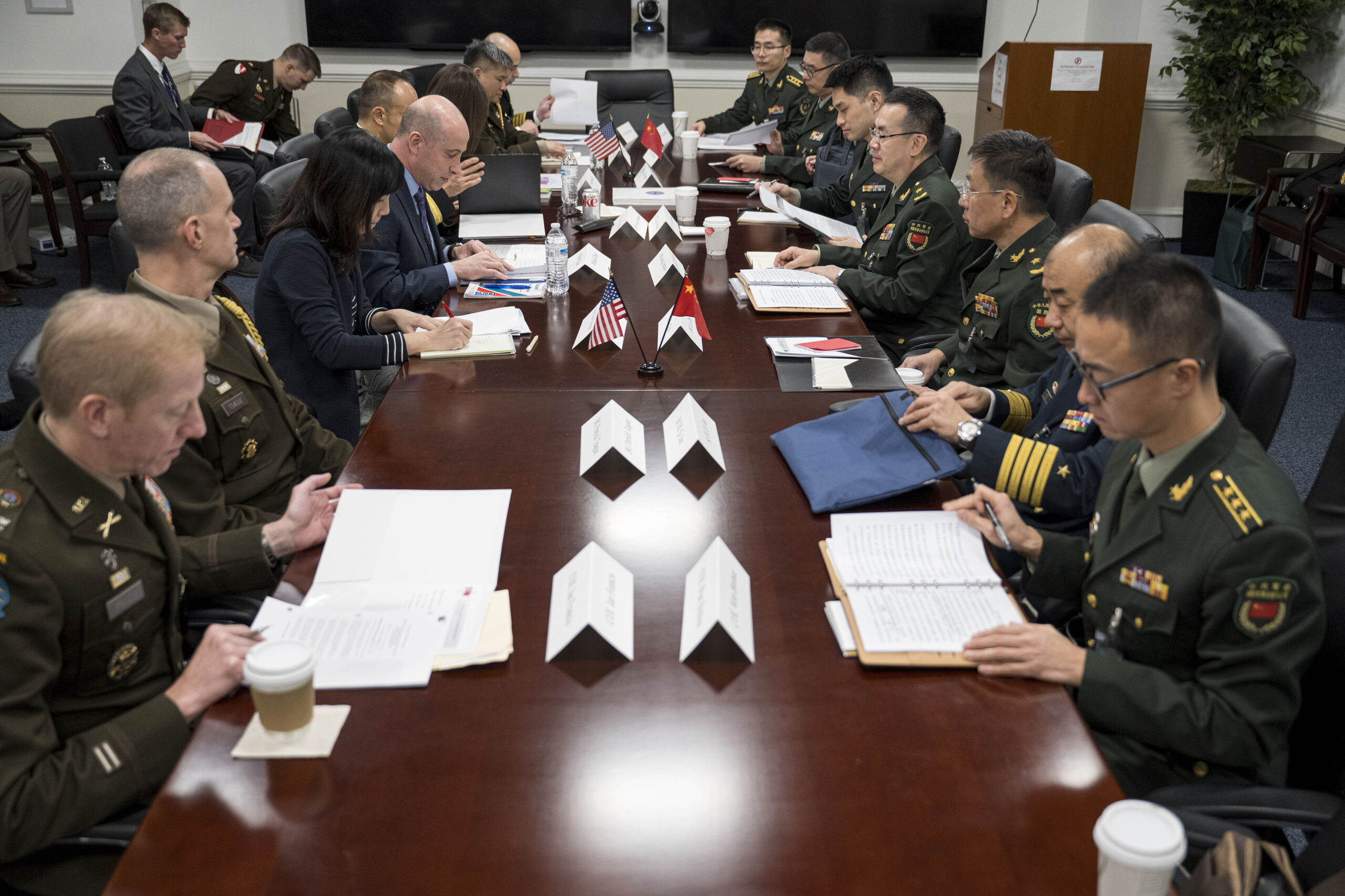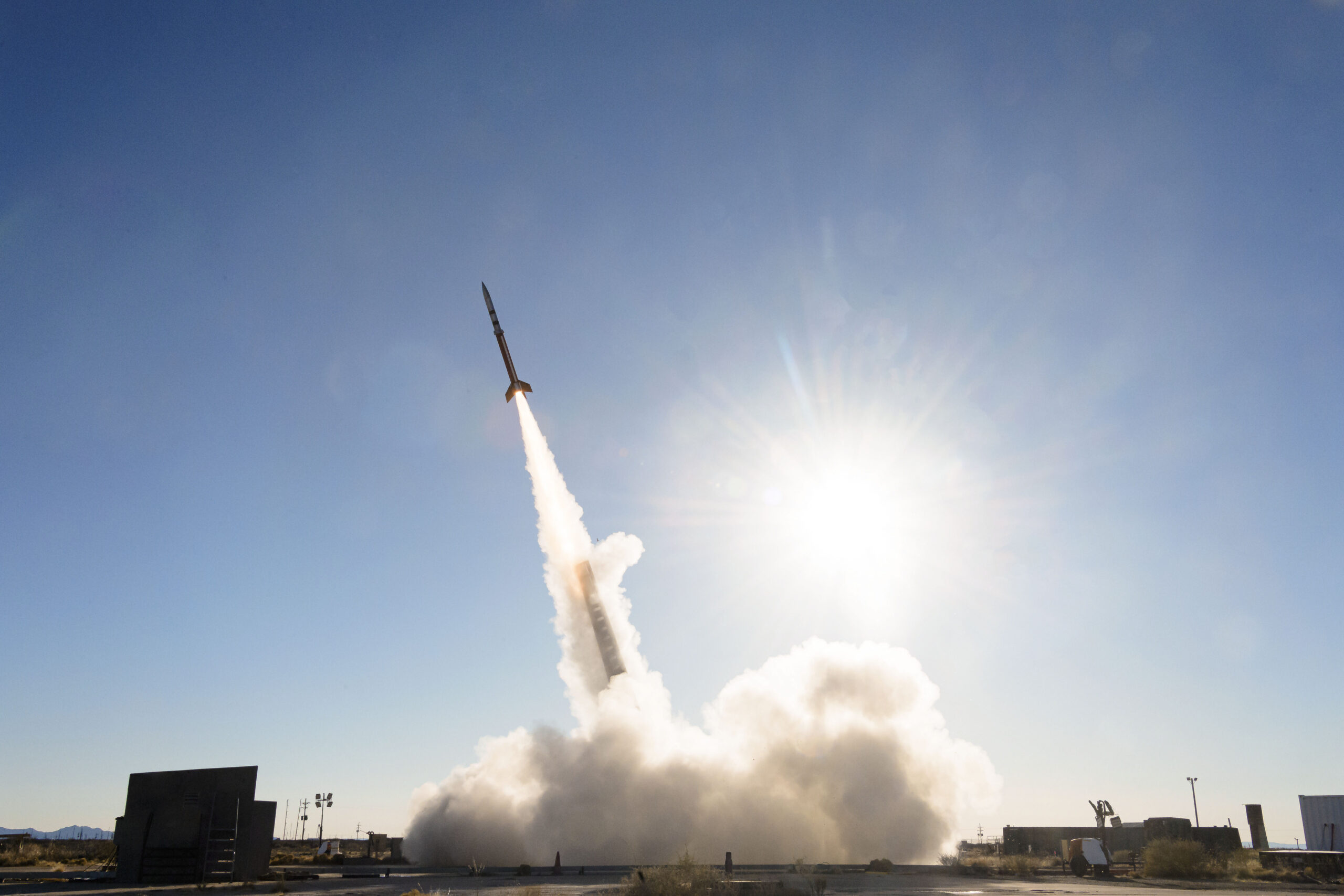China-US Nuclear Arms Control Talks: A Much-Needed First Step
THE DIPLOMAT
APLN member Rajeswari Pillai Rajagopalan wrote on the US-China Nuclear Arms Control talks. She pointed out that these talks are crucial, especially given the numerous norms that have been broken in these sectors over decades. Hopefully, this dialogue will pave the way for more sustained engagement between the two countries. Read the original article here.
For the first time in years, the United States and China held discussions on nuclear arms control in Washington, D.C. on November 6. The last time that such an engagement took place was when the Obama administration was in office, almost a decade ago. The talks also took place before an anticipated meeting between U.S. President Joe Biden and Chinese President Xi Jinping in San Francisco this week on the sidelines of the Asia-Pacific Economic Cooperation (APEC) meeting.
With China undertaking a significant expansion and modernization of its nuclear forces, any effort toward more sustained arms control talks is a welcome step. Such efforts can bring about a certain amount of predictability and stability. But for some time, China has dismissed the possibility of joining these arms control talks, saying that its nuclear arsenal is nowhere near the size of the United States’ or Russia’s. However, an expanding arsenal could mean that China might end up with over 1,000 nuclear warheads by 2030, as per the Pentagon’s latest China military power report.
The talks last week were led on the U.S. side by Mallory Stewart, assistant secretary for the Bureau of Arms Control, Verification, and Compliance (AVC) at the Department of State, and on the Chinese side by Sun Xiaobo, director general of the arms control department at China’s Ministry of Foreign Affairs. A State Department press release on the meeting said that the two sides “held a candid and in-depth discussion on issues related to arms control and nonproliferation as part of ongoing efforts to maintain open lines of communication and responsibly manage the U.S.-PRC relationship,” referring to China’s formal name, the People’s Republic of China (PRC). The U.S. side underscored “the importance of increased PRC nuclear transparency and substantive engagement on practical measures to manage and reduce strategic risks across multiple domains, including nuclear and outer space.” The United States also called for both sides to “promote stability, help avert an unconstrained arms race, and manage competition so that it does not veer into conflict.”
Even though there was no joint statement, China also issued a similar statement that highlighted the “in-depth, candid and constructive exchange of views” that the two sides had on a number of areas including the Treaty on the Non-Proliferation of Nuclear Weapons (NPT), cooperation among the U.N. Security Council’s five permanent members – who are also recognized nuclear weapon states under the NPT – nuclear security, non-proliferation and export control, and space security and broader arms control. The statement also said that the two sides noted the importance of “maintain[ing] communication and exchanges, to increase mutual trust, pool more consensus, manage differences, and explore cooperation.”
China’s statement went on to add that Washington and Beijing “should carry out dialogue and cooperation on the basis on mutual trust.” China also “stressed that the two sides should adhere to the vision of common, comprehensive, cooperative and sustainable security, earnestly respect each other’s sovereignty, security and development interests, increase strategic mutual trust, and remain committed to safeguarding the international system of arms control and non-proliferation, so as to realize lasting peace and universal security in the world.”
That the two sides additionally recognized the importance of addressing the growing competition in other domains, including outer space, is significant. Space security conditions have worsened particularly in the last few years. The steady growth of counterspace capabilities, both vertical and horizontal proliferation, and the greater willingness shown by major space powers to demonstrate these capabilities are worrying trends. Reaching even an early common understanding of the nature and scope of space security threats at the bilateral level can be useful in making progress on the global space governance front.
The November nuclear talks could possibly set in motion the first steps for a sustained constructive engagement between the United States and China in order to develop a common understanding of the challenges and threats as they pertain to strategic stability. But it is too early to say if it will follow a particular format in terms of the process or substantial aspects. In fact, a few days ahead of the talks last week the White House clarified to Reuters that the meeting “would not resemble formal arms reduction talks, like those the U.S. has had with Russia.”
As nuclear analysts comment, there are not going to be any breakthroughs in the immediate future, but these talks could be useful in establishing certain structural and institutional processes to develop crisis management and stabilizing measures.
There are multiple benefits to this kind of engagement for the broader region as well as for the global non-proliferation regime. China entering the arms control talks would have a calming and stabilizing effect on its neighbors, for one. A potential spiraling arms race in southern Asia and the broader Indo-Pacific, as a result of China’s nuclear advancement, could be halted if these talks continue and there is some moderation to the nuclear trends. The talks will have a significant impact also on the global rule making exercise in the area of outer space and halt some of the negative trends in space security as well as strengthen the NPT and the broader non-proliferation regime.
The current global context does not present much optimism in terms of nuclear and space arms control. Thus, these talks are critical considering that many norms that have prevailed in these sectors for decades have been broken. The bilateral agreements that had long prevailed in the Russia-U.S. context are beginning to encounter problems, too. The last of these major agreements, New START, is set to expire in February 2026. It is unclear if Russia will be an honest negotiator in working out a new deal. This comes on the heels of Russia withdrawing formally from the Comprehensive Test Ban Treaty (CTBT). Things are unraveling on multiple fronts, all of which could trigger a bigger arms race and unstable conditions in nuclear as well as in other critical tech areas. The China-U.S. talks present a case for limited optimism, although one should not make too much of it.
Image: Depositphotos




